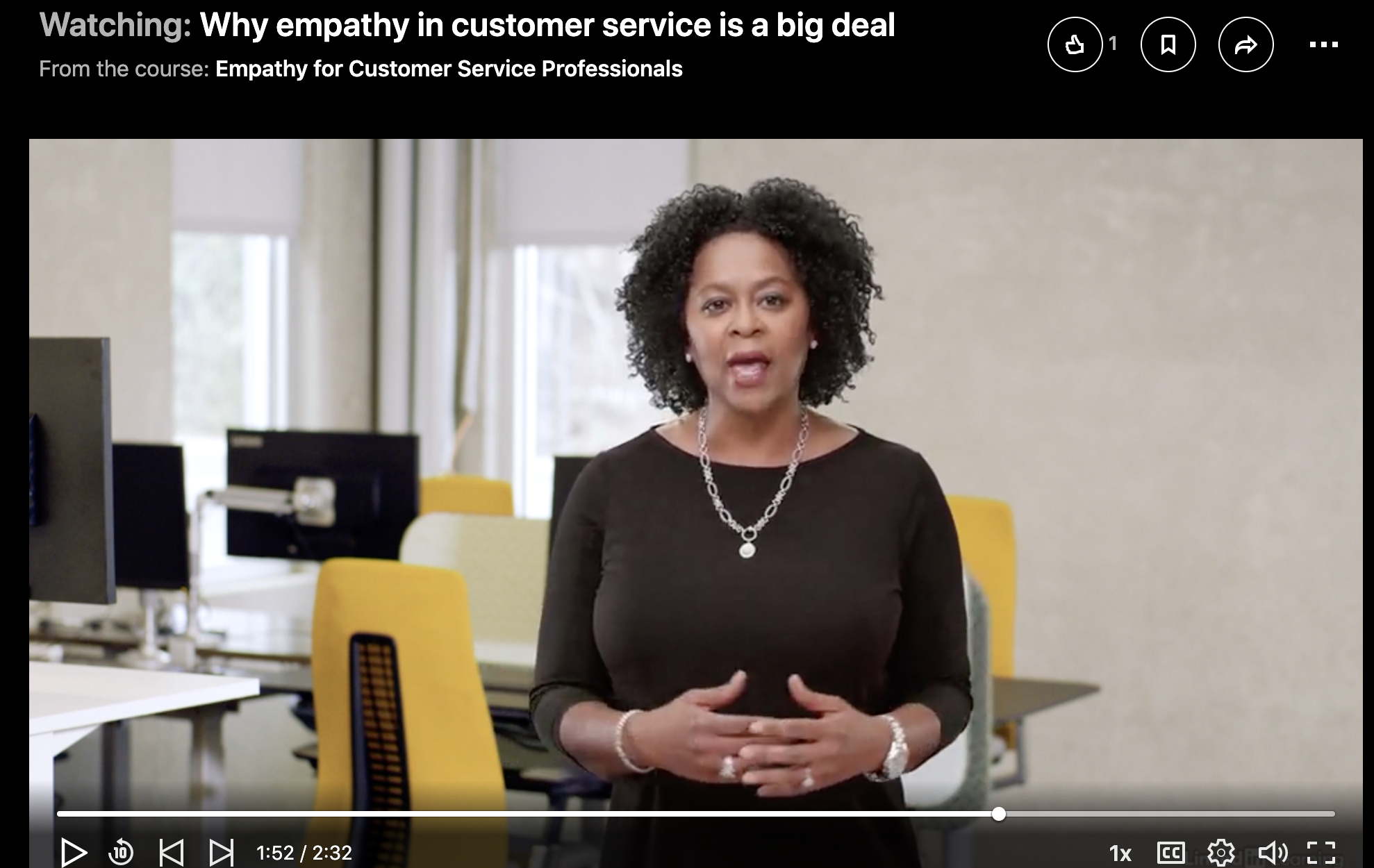5 Call Center Tips to Reduce Average Handle Time (AHT)

As someone who has designed training call centers for 22 years, I've learned that efficiency is key to success. One of the most important metrics in this industry is Average Handle Time (AHT), which measures the average duration of a call from start to finish. Reducing AHT is essential for meeting customer needs promptly and improving overall call center efficiency. In this article, I'll share some call center tips to help you reduce AHT and improve the customer experience.
Understanding Average Handle Time (AHT)
AHT is a metric that measures the length of time an agent spends on a call, including hold time and after-call work. It is a vital indicator of call center performance, and reducing AHT can improve efficiency and productivity. AHT is calculated by dividing the total talk time, hold time, and after-call work by the total number of calls handled.
Agents must follow a script or guidelines to handle calls effectively and efficiently. They must also take notes and update customer information during the call. These processes can add to the AHT, and it's crucial to find ways to streamline them without sacrificing quality.
Importance of Reducing AHT in Call Centers
Reducing AHT is essential for improving customer satisfaction and creating a positive experience. When customers have to wait for long periods to speak with an agent, they get frustrated and may hang up. This can lead to lost business and a negative reputation for the call center.
Reducing AHT can also improve efficiency and productivity. When agents can handle calls quickly and efficiently, they can handle more calls per day, and the call center can handle a higher volume of calls overall.
Call Center Tips to Reduce AHT
1. Training and Development for Call Center Agents
Agents need to be trained to handle calls efficiently and effectively. Training should include communication skills, problem-solving, and time management. Agents should also be trained on the call center's systems and software to minimize errors and reduce AHT.
One effective training method is to use call recordings for coaching and feedback. Agents can listen to their calls with supervisors and identify areas for improvement. This feedback can help them handle calls more efficiently and reduce AHT.
The right training is so crucial for conversation control that I will take a moment to talk directly to frontline customer service professionals about training.
Contact Center Representatives, do you ever feel you're losing control of a customer service call? It's frustrating, right? Well, let me tell you, there's a solution. Introducing Call Control Strategies - a game-changing course I designed to empower you with practical, easy-to-use strategies to take control of any customer service call.

In his course, I will teach you everything you need to know about why calls can get out of hand and what you can do to prevent it. You'll discover how to use limited responses, ask close-ended questions, assert yourself, and practice proactive call management to ensure your customers feel heard and respected.
By the end of this course, you'll have the tools you need to handle any customer service call that comes your way confidently. Don't let unruly callers get in the way of your productivity and customer satisfaction any more. Enroll in my Call Control Strategies course today on LinkedIn Learning and take back control!
2. Implementing Technology to Streamline Processes
Technology can help streamline call center processes and reduce AHT. Automated call distribution (ACD) systems can route calls to the appropriate agent, reducing hold time and improving efficiency. Interactive voice response (IVR) systems can handle routine inquiries, freeing up agents to handle more complex calls.
Call center software can also help agents manage customer information and notes more efficiently. This software can automatically populate customer information, reducing the time agents spend on data entry.
3. Analyzing Data and Making Informed Decisions
Call centers must analyze data to identify areas for improvement and make informed decisions. Managers should track AHT, call volume, and other key metrics to identify trends and areas for improvement. They can then make changes to processes, training, or technology to reduce AHT and improve the overall customer experience.
Data analysis can also help identify areas of high call volume, such as common customer complaints or product issues. Addressing these issues can reduce the number of calls and reduce AHT overall.
4. Creating a Positive Customer Experience while Reducing AHT
Reducing AHT should not come at the expense of customer satisfaction. Agents should be trained to handle calls efficiently while maintaining a positive attitude and creating a positive experience for the customer. This can lead to higher customer satisfaction and reduce the number of repeat calls.
Agents should also be empowered to make decisions and resolve issues without escalating to a supervisor. This can reduce AHT and improve the overall customer experience.
5. Measuring Success and Tracking Progress
Call centers should track progress in reducing AHT and measure success. Managers should set goals and track progress toward those goals. They should also track trends over time and identify areas for improvement.
Regular feedback and coaching can help agents improve their performance and reduce AHT. Agents should be recognized for their achievements and provided with feedback to continue improving.
Challenges and Solutions in Reducing AHT
Reducing AHT can be challenging, especially in high-volume call centers. One challenge is ensuring that agents maintain quality while reducing AHT. Agents must follow scripts and guidelines while still providing excellent customer service.
Another challenge is managing call volume during peak times. Call centers can address this by implementing additional technology, such as chatbots or self-service options. Agents can also be cross-trained to handle multiple types of calls, reducing wait times and improving efficiency.
Bonus!
Here are 5 MORE ways to get AHT - designed for Contact Center Representatives!
Conclusion
Reducing AHT is critical for improving the customer experience and overall call center efficiency. Training and development, technology, data analysis, creating a positive customer experience, and measuring success are all essential components of reducing AHT. By implementing these call center tips, call centers can improve efficiency, productivity, and customer satisfaction.
Continue the Conversation with Me? Here are my best resources for getting AHT down fast.
Customer Service Master Class - My Customer Service Master Class has an entire Call Control module dedicated to showing agents how to shorten talk time!
Call Control Strategies Linkedin Learning course - I created a course on Linkedin dedicated to politely controlling calls with customers. If you already have a LinkedIn Learning subscription, there's no extra cost!
YouTube Videos - I have 17 videos on YouTube exploring various ways to control calls. Meet me on YouTube for FREE call control training!
De-escalation Academy
The step-by-step, psychology-backed system that helps your team handle any tough customer interaction with calm, control, and confidence—on the phone, in person, or in chat.
Join Myra’s Inner Circle: Insights, Strategies, and Resources for Leaders Who Demand the Best.
Be the first to receive exclusive strategies, curated resources, and behind-the-scenes insights from Myra Golden—crafted for leaders who value excellence.
Your information will remain private and protected—always.

